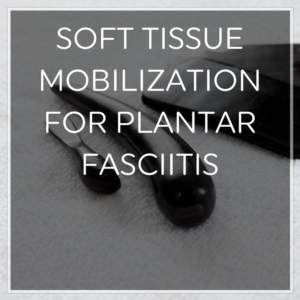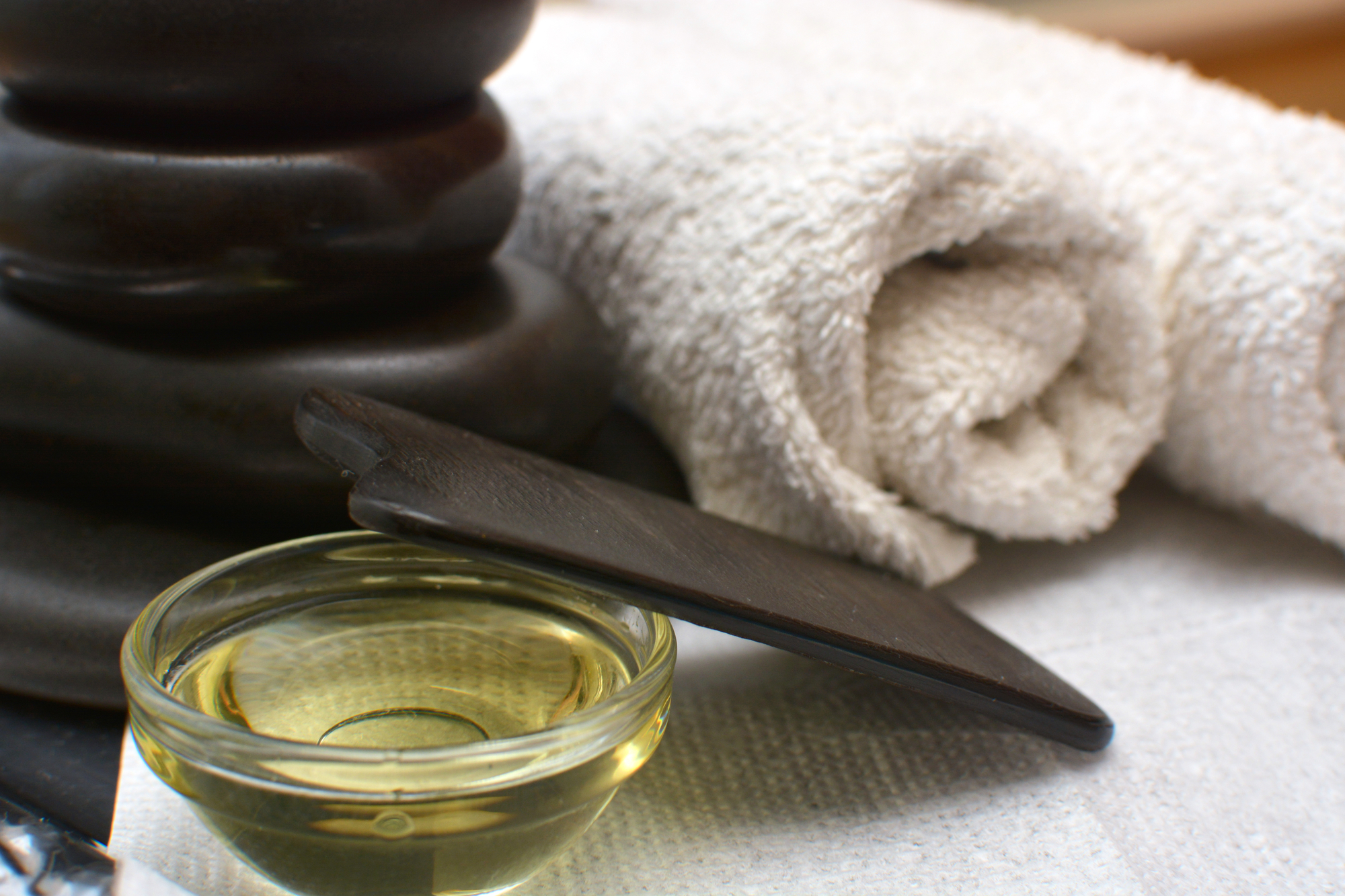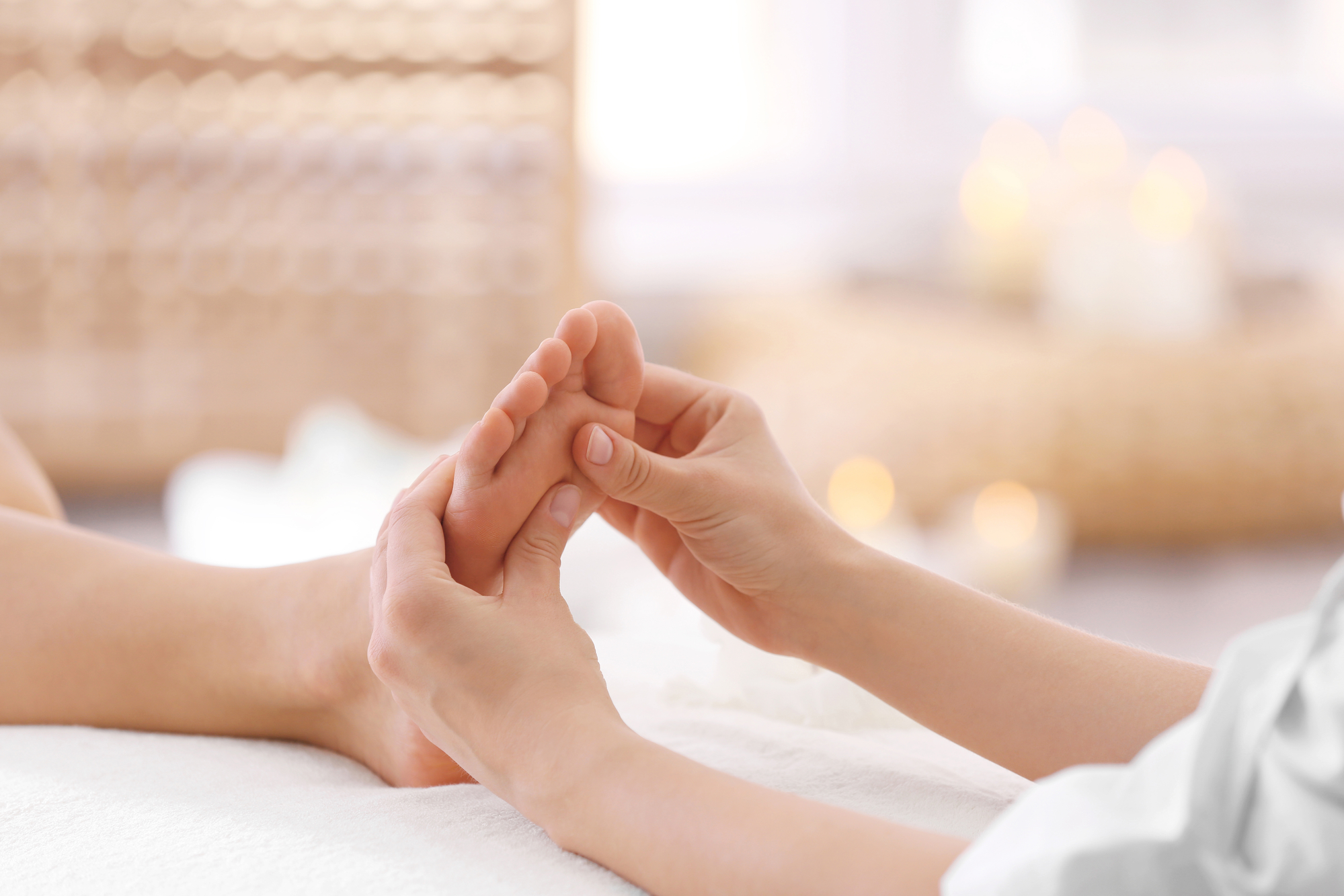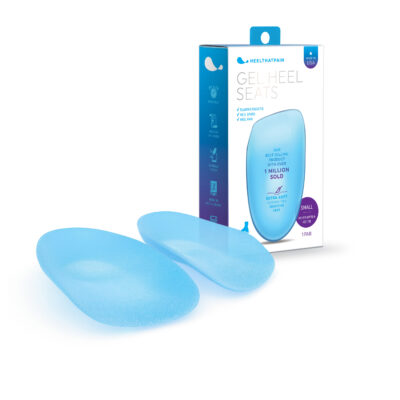 “Scraping” is a broad term that applies to several specific treatment methods used to alleviate heel pain from plantar fasciitis and promote healing.
“Scraping” is a broad term that applies to several specific treatment methods used to alleviate heel pain from plantar fasciitis and promote healing.
All scraping and soft-tissue mobilization techniques use tools to apply pressure and movement to the arch and heel, in order to break up adhesions beneath the skin, promote increased blood flow and circulation to the injured area, and reduce contracture in the plantar fascia. However, each method of scraping is distinct, and knowing the difference between the most popular methods can help you choose the best scraping therapy for your unique lifestyle and situation.
Let’s explore the most popular methods of scraping and soft-tissue mobilization:
IASTM
IASTM stands for “Instrument-assisted soft-tissue mobilization” and is an umbrella term to describe a wide range of scraping tools and techniques for heel pain. The Graston Technique and Gua Sha (read more about them below!) can be grouped under the term IASTM.
Studies gaging the effectiveness of IASTM are still emerging, so it’s important to take “miracle” claims with a grain of salt. However, some studies do seem to show short-term benefits in improving range of motion and temporary pain relief. Like all scraping techniques, IASTM should be used as just one part of your approach to healing plantar fasciitis, with the understanding that IASTM treats symptoms rather than the root cause of plantar fasciitis.
It’s also important to choose an IASTM provider carefully, since individuals who are not properly trained to use scraping tools can cause unnecessary pain and do damage to healthy tissue by applying too much pressure. Keep this same caution in mind when purchasing IASTM tools on the internet to use scraping techniques yourself.
Graston Technique
The Graston Technique is one of the most popular forms of scraping. In the Graston Technique, a provider uses patented stainless steel instruments (think dull butter knives) to apply progressive pressure to the plantar fascia in seven different stroke techniques. This pressure and movement helps break up scar tissue, improve blood flow and range of motion, and lengthen the plantar fascia. The technique is very popular with many athletes, and when done properly causes very little discomfort. While the research supporting the Graston Technique’s effectiveness for plantar fasciitis is still emerging, many people swear by its effectiveness and report significant pain relief.
Typically, Graston Technique is done once or twice each week, for six to eight weeks. Therapy sessions are often covered by insurance, and cost between $60-$90 per session.
Gua Sha

Gua Sha is based in Chinese medicine and is a form of IASTM that uses instruments to apply significant pressure to the skin that often leaves redness and bruising. The Gua Sha provider will apply a thick layer of oil to avoid damaging the surface of the skin, then apply a steady, stroke across the skin with a dull, smooth instrument like a rounded piece of jade, a smoothed animal horn, or even a spoon.
The motion of Gua Sha is more of a true “scraping” movement across the skin, without much variation in the stroke, while Graston uses seven different motions to gradually apply deeper and varied pressure. It’s believed that the heat and inflammation caused by the scraping of Gua Sha encourages a healing response from the body in the treatment area and releases harmful toxins that may play a role in inflammation of the plantar fascia. You’re likely to find a Gua Sha provider at an acupuncturist or traditional Asian therapies clinic. Costs are typically similar to acupuncture and run anywhere from $40 to $70.
Deep Tissue Massage

Deep tissue massage uses the fingers as a scraping tool by applying significant pressure to the plantar fascia in short. Slow strokes. The goal, as with Graston and IASTM is to break up adhesions and scar tissue, improve circulation, and relieve pain through pressure. If the idea of scraping instruments bothers you, or you don’t have a Graston provider nearby, deep tissue massage can be a great alternative.
It may be helpful to choose a massage therapist with a background in sports medicine, since he or she is more likely to be familiar with the anatomy of the plantar fascia. Make sure to communicate with your therapist throughout the process of deep tissue massage; intense pain isn’t normal or desired, but it can be difficult for your therapist to know what you’re experiencing without clear communication! The cost of deep tissue massage varies greatly from provider to provider and can run anywhere from $30 to $150 per session.
Supplementing Scraping Techniques
Because the research on scraping techniques and plantar fasciitis is still emerging, it’s still unclear whether these techniques are more effective than simple self-massage with a golf ball or mobility ball. However, scraping techniques like Gua Sha, Graston, and deep tissue massage are relatively inexpensive, non-invasive, and have few potential side effects.
Given the small body of available research, it’s also difficult to say whether a particular scraping or soft-tissue mobilization technique is better than another; however, knowing the subtle differences between each method can help you decide which one appeals to you the most.
No matter which scraping technique you decide to try, make sure you’re also incorporating treatments to target the root cause of plantar fasciitis, like stretches that strengthen the plantar fascia and surrounding muscles and ligaments, wearing orthotic inserts to lift the damaged fascia to its optimal height while easing pain, and address other trouble spots like poorly fitting footwear or weight gain that is putting extra strain on your arches.




A number of years ago, a chiropractor used the Graston technique on my hips and, wow, what a difference! I never thought to have her try it on my plantar fasciitis years later but if it comes back, I’ll give it a whirl because that technique did wonders for my hips! (and no other doctors were able to do anything at all to help my hips back then.)
I have done the Graston technique as well and did wonders. However, i was surprised by some of the side effects which I didn’t know about before and i think i got them worse than others, but i would still do it again.
I went from a person who was getting more and more crippled to an active, happy person with the Graston Technique. It hurt when I had it done, but then again my chiropractor said it was one of the worst cases he had ever seen. As soon as he completes the scraping you feel a level of relief. After 3 doctors and 3 sets of custom orthotics this was by far the most effective. I have been using the heel that pain insert and it works very well for me. This is the real deal. I am grateful that I am able to spread the word. Pain is not fun.
Where can I purchase a scraping tool?
Graston technique IS gua sha. Dr. Graston learned the technique and then patented the process as his own.